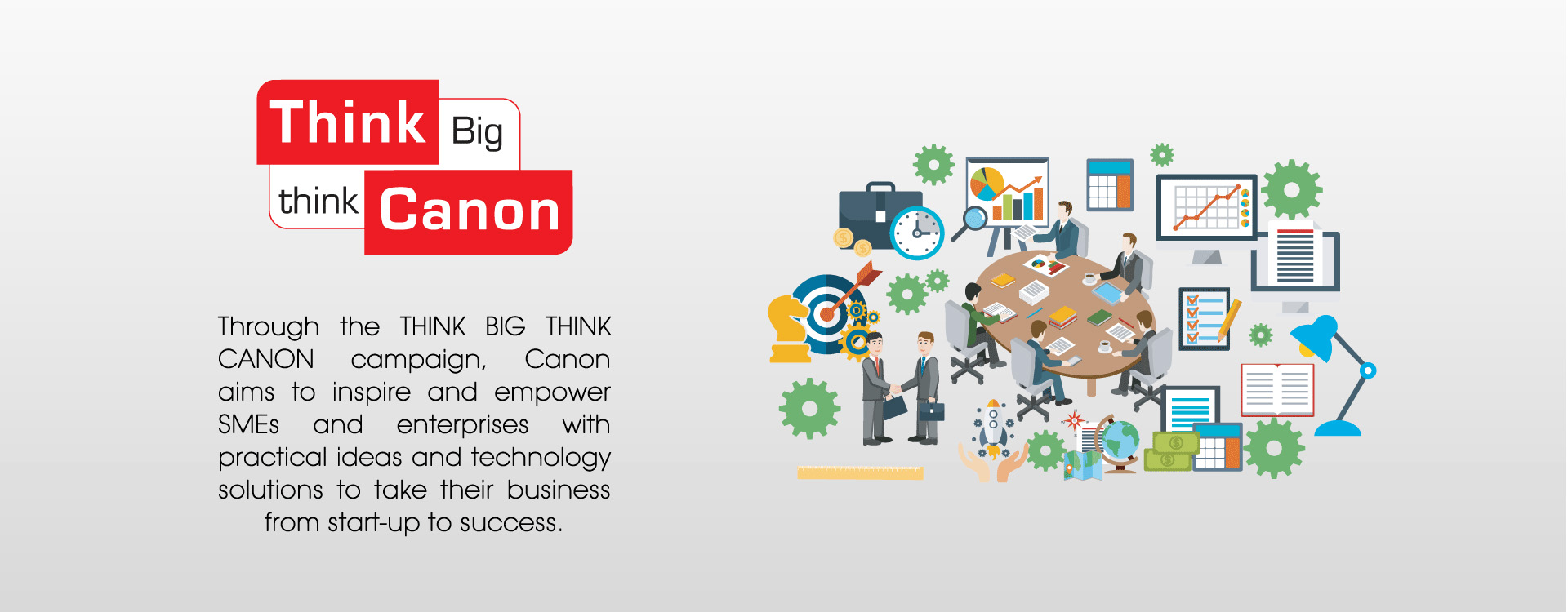
Trending
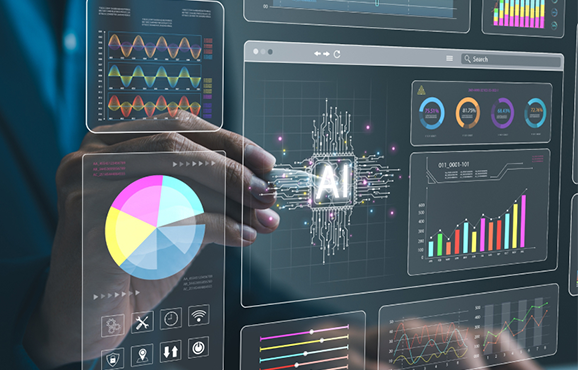
5 key AI trends shaping businesses in 2025
If 2024 was about exploring AI’s potential, 2025 will focus on scaling its impact. As the year unfolds, what key AI trends will shape business innovation to drive productivity and growth?
Read on to learn more!

Putting the “Fine” in Fine Art Printing: An Interview with Fine Art Printer Ben Rush
In this article, we explore how Canon’s large format printers help fine art printer Ben Rush balance quality with profitability.

Streamline Growth and Business Efficiency with Canon's Offshore Managed Services
In today’s competitive landscape, improving efficiency, reducing costs, and saving time are critical for sustainable growth. As businesses expand, the need for streamlined workflows and optimised processes grows, yet building and maintaining a robust back-office infrastructure can be a costly and complex challenge.
Read the article to find out!

Artificial Intelligence: Redefining Roles in Healthcare
In an industry grappling with persistent manpower challenges, artificial intelligence (AI) and other emerging technologies are stepping up with transformative solutions — and they are proving to be vital game-changers in reshaping healthcare.
Read the article to find out!

Arm Your Business: Canon’s Guide to Mastering Information Security in the Future of Work
Artificial intelligence, cloud services, IoT devices, mobile apps, and hybrid work are driving forces behind business growth innovation. Yet, they also widen the door for cybercriminals.How can you safeguard your business information without losing your competitive edge? The article explores the possibilities. Read on to find out more!
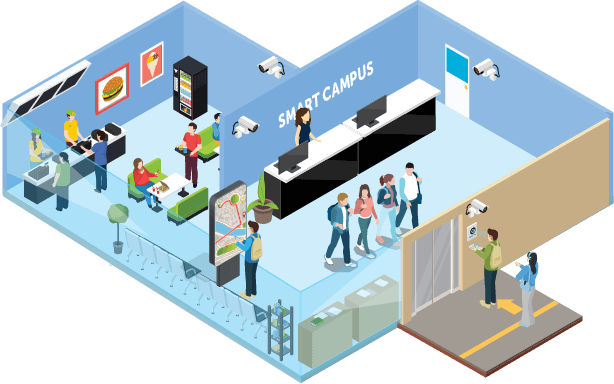
Explore The Future Campus with Canon’s Smart Education Solutions
We often discuss the transformative role that technology plays in augmenting education. But what does that look like in action? How do we see this unfolding on campuses today?
Read the article to find out!

Is Your Digital Transformation Missing AI?
Is AI the missing piece in your organisation’s digital puzzle? Our recent LinkedIn poll sheds light on how companies are approaching AI in 2024.
Dive deeper and explore Canon's perspective on these trends in our latest article. We'll unpack the poll results and show how AI can empower your digital journey here.

Step Out, Stand Out: Embrace the Challenges and Successes Ahead
Step out, Stand out! Join Vincent Low, Head of Enterprise Business, Singapore Operations of Canon, as he unveils his exclusive tips and insights on navigating success in the New Year.
Read on to find out more!

Putting the Smart in Surveillance: Unlocking New Potentials of Surveillance Data with Norman Ayob
Huge amounts of surveillance data are captured by your security cameras each day. Are you making the most out of them? We let Norman tell you how.
Our security cameras are a treasure trove of information. They capture huge amounts of surveillance data each day — valuable data with insights that don’t just inform security, but other business functions as well.
These data are, however, often overlooked and underutilised. With limited resources and manpower, it’s simply impossible for security and business teams to monitor live footage round the clock just to extract meaningful information.
Now, we have a solution: Canon Smart Surveillance.What exactly is Smart Surveillance? How does it transform business security and more?
We sat down with Norman Ayob, Head of Marketing & Consulting Services, Imaging & Analytics Solution, Canon Singapore, to find out.
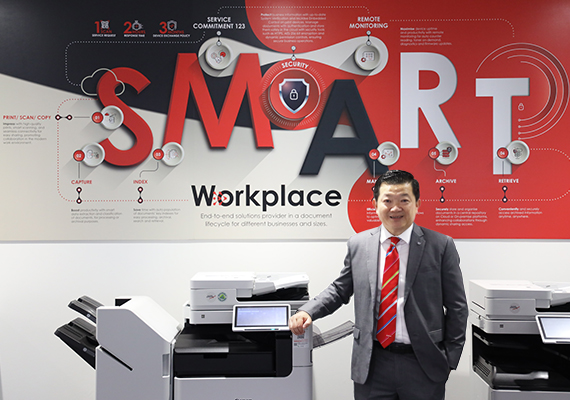
Transforming Workplaces with Smart Workplace Solutions: A Deep Dive with Vincent Low
Businesses face the challenge of retaining resilience and agility in an ever-evolving business landscape. How can Canon’s Smart Workplace solutions augment their capabilities? We find out with Vincent Low.
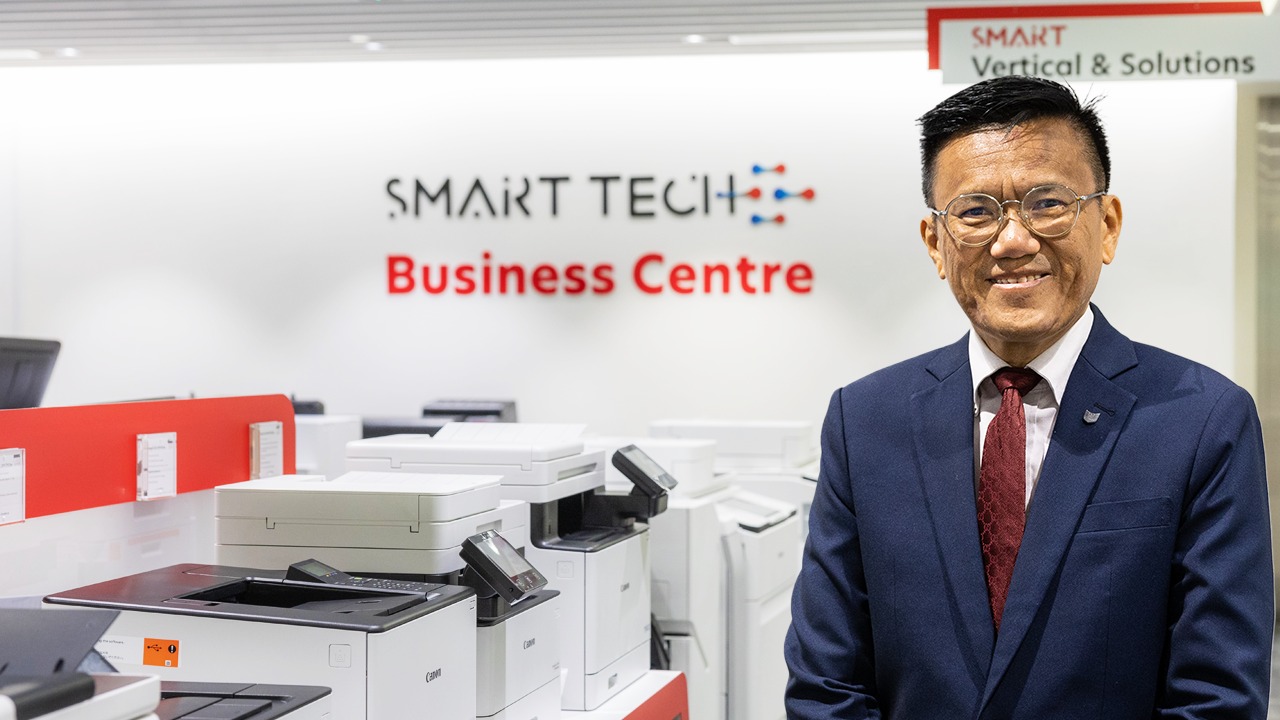
The Future of Work with Canon’s Smart Tech: An Interview with Mr. Andrew Koh
The pandemic has taught us many lessons — amongst them, the importance of staying agile and cultivating resilience in the face of an increasingly volatile world.
That is why Canon recently unveiled Smart Tech: A strategic vision aimed at helping businesses navigate the post-pandemic landscape.
What is Smart Tech and how does it impact the future of work? We speak to Mr. Andrew Koh, Head of Singapore Operations Group, Canon Singapore, to find out.

Embracing Digitalisation For The Future of Healthcare
Inefficient workflow processes can hinder a company’s drive to move the needle in the healthcare industry and Chugai Pharmabody sought to address that with the use of the right technology and solutions.
Read on as Mr. Shin-Ichi Sato (Admin Head) and Ms. Lai Yee Ng (Senior Accounts Officer) speak about the challenges they’ve faced and how Canon’s digital solutions have helped to improve their work productivity in the recent years.

Re-shaping the Future of Live Streaming for Performing Arts
With over a decade of experience in professional audio services, Rolton Productions has helped to capture the moments of various live music performances with their cutting edge technology and expertise in the industry.
We spoke with David Wong, Director of Rolton Productions, to learn more about their business challenges and how Canon’s camera solutions have helped their team to overcome and establish greater standards.
